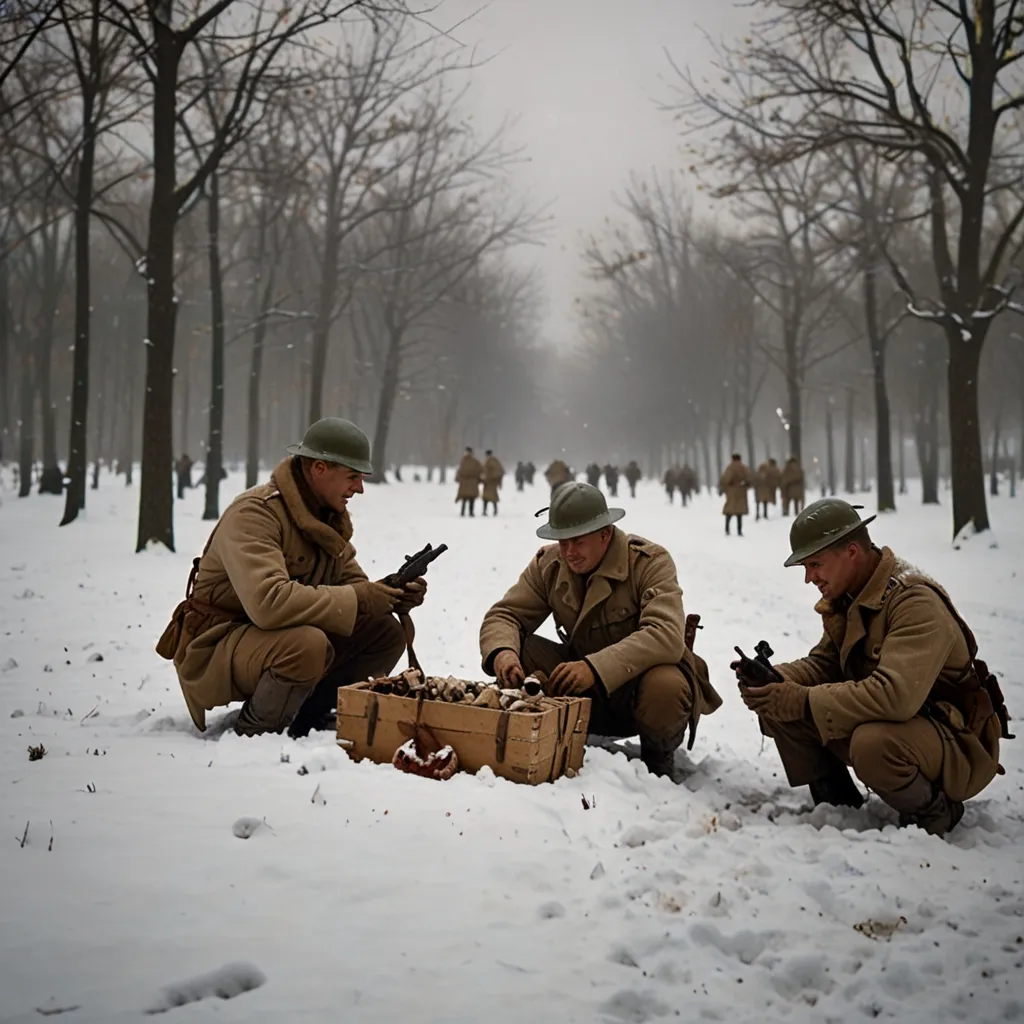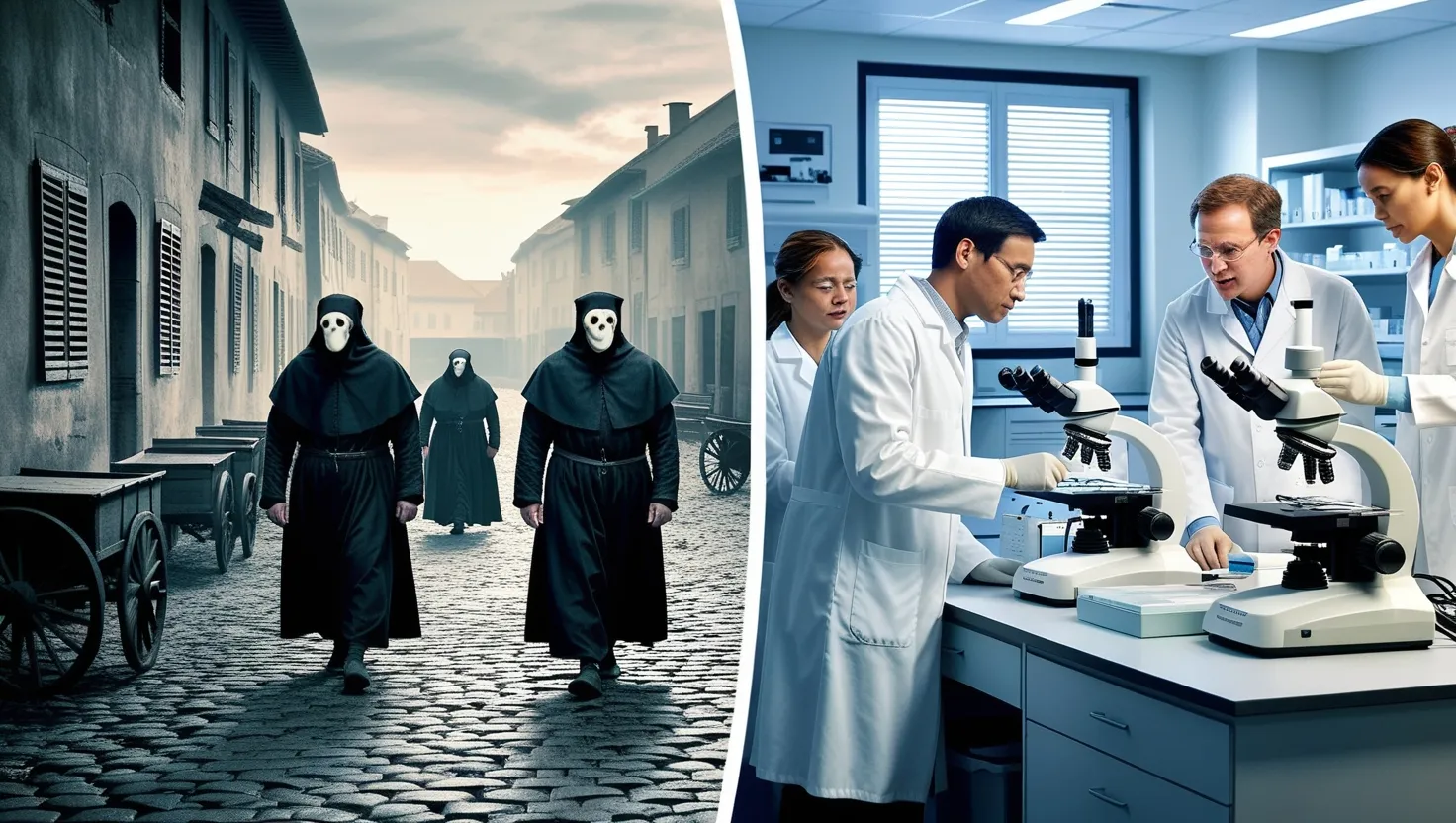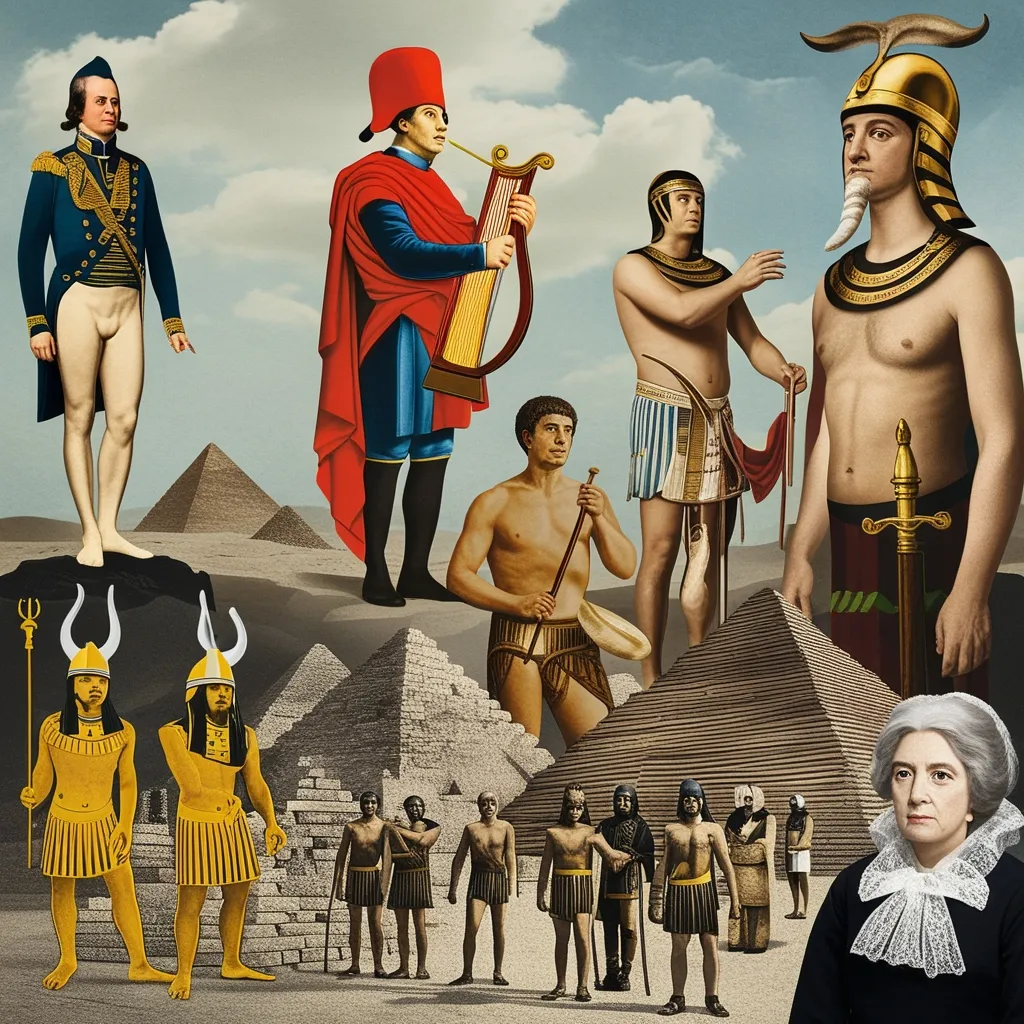Sometimes, I’m struck by how many supposed failures shape our lives without us ever realizing where they came from. It’s tempting to see the world as powered by straight lines of innovation, but history is a messier artist—it paints with coffee stains, scribbles, and half-finished notes. It’s these unpredictable swerves from failure that end up becoming guide-ropes for modern society.
“Success is stumbling from failure to failure with no loss of enthusiasm.” – Winston Churchill
If I had been alive in the 1960s, working as a chemist at 3M, I would have wanted to invent something impressive—maybe an adhesive to hold skyscrapers together. I imagine the frustration of creating a glue that barely sticks. Yet, that’s exactly how Spencer Silver felt when he labored over his “failed” project, only to shelve the glue for years. Who would guess that what the world needed was not a stronger bond, but a removable one? Sometimes, what we think we’ve failed at is just waiting for someone to ask a different question. Art Fry, another 3M employee plagued with bookmarks slipping out of church hymnals, asked that question. By putting Spencer’s “failure” on paper, he didn’t just change offices forever, he turned moments of forgetfulness into tiny notes that now cover refrigerators and cubicles everywhere.
Why do we remember only the winners? Isn’t it more interesting to notice the ideas that nearly vanished because they didn’t fit an obvious need? So many inventions were just waiting for the right problem—or the right person—to stumble onto them.
Take penicillin. Alexander Fleming was by all accounts a meticulous researcher, yet it was sheer accident (and probably a cluttered workspace) that brought the world’s first antibiotic to light. Coming back from vacation, he noticed a strange mold growing on his bacterial cultures. Here’s the twist: many scientists before him had thrown away contaminated samples exactly like these. Fleming did the opposite—he got curious. It’s almost as if some of our greatest discoveries come not from doing things right, but by being brave enough to look at mistakes as puzzles.
“Chance favors only the prepared mind.” — Louis Pasteur
Fleming’s story raises a fascinating question. How often do we overlook critical knowledge because it appears in the wrong place, or because we’re only looking for the answers we expect? The idea that one accident could save millions of lives both terrifies and delights me. It shows how fragile, and how robust, our progress really is.
Moving from the lab to the dinner table, the world of sweeteners owes its origins to what can only be described as a lapse in hygiene. Constantin Fahlberg went home one night without washing his hands after work and noticed something very odd—his bread tasted sweet. Instead of dismissing it, he investigated, tracing the flavor back to a brand-new substance: saccharin. This “contaminated” dinner led to an artificial sweetener industry that’s changed the diets of millions, especially those seeking sugar-free options or managing diabetes. Imagine, something that started as an unintended side effect is now found in most homes—hinting that not every contamination has to be a disaster.
We all know X-rays today as essential medical tools, but in 1895, Wilhelm Röntgen was simply trying to understand how electrical currents moved in vacuum tubes. When a neighboring screen started to glow unexpectedly, he must have wondered if his experiment was ruined. But Röntgen didn’t stop at confusion—he got curious. His choice to put his wife’s hand in the path of the new rays is either the bravest or strangest kind of spousal teamwork, resulting in the first X-ray image: her fingers, bones visible, wedding ring clear. Isn’t it ironic how a failed experiment gave doctors a new vision into the human body?
“Discovery consists of seeing what everybody has seen and thinking what nobody has thought.” — Albert Szent-Györgyi
If you’re surprised by how much chance has played in shaping our world, let’s take one more ordinary accident: the first microwave meal. Percy Spencer, an engineer, was testing components for radar when he noticed a melted chocolate bar in his pocket. Some might have just wiped up the mess. Instead, Spencer wondered what invisible force could melt chocolate so fast. He went on to pop popcorn, cook an egg (which exploded), and finally invent the microwave oven. The kitchen hasn’t been the same since.
I find something oddly comforting in all this. We spend so much time in pursuit of certainty, planning, calculating—yet the stories that stay with us are never about the flawless plan. They’re about noticing the oddities and being flexible enough to ask new questions when reality diverges from expectation. It makes me wonder: what failed projects languish today in forgotten patent drawers, waiting for an accidental champion?
So, what if I told you the tablet computer began as a market flop? In the early 2000s, Microsoft tried to sell tablets—bulky, expensive, and running desktop software. People didn’t want them yet. It was years later, with the iPad, that the concept took off. We often credit the finale and ignore the shaky beginnings. Does this challenge our usual ideas about genius?
Often, failure is a question of timing. Nikola Tesla famously tried to create a “thought camera” to project images from a person’s mind. The technology didn’t exist yet. It sounds wild now, but his ideas about transmitting images helped lay mental groundwork for future developments in imaging and communication. How much innovation do we owe to concepts that are impossible in one decade, inevitable the next?
Sometimes, failed inventions are simply ahead of their time. Apple’s Newton, a 1990s digital assistant, was widely mocked for its clunky design and poor handwriting recognition. Yet its basic ideas—portable computing, touch screens, digital note-taking—eventually became the core features of smartphones and tablets.
Does progress depend more on audacity or patience?
Failures also reveal where our priorities are. When Thomas Edison put his efforts into building mass-produced concrete homes, he faced skepticism and enormous costs. The idea never truly caught on, except in one notable success—the original Yankee Stadium was built with his cement. Decades on, prefab and modular construction are everywhere, suggesting Edison just missed his moment.
“We are all failures – at least the best of us are.” — J.M. Barrie
With each of these stories, I ask myself: What’s the line between success and failure? Sometimes, it’s a single experiment. Other times, it’s simply a change in public taste or available technology.
When I measure the world by accidents and abandoned projects, I see invention in a new light. The story of human progress isn’t about flawless design or perfect planning. It’s about curiosity, humility, and the tenacity to examine what looks like a mistake from every angle. The glue that doesn’t stick. The moldy petri dish. The melted candy bar. These artifacts of failure are often the strongest clues to our next triumph.
I think about what we’re easily tempted to discard: notes, half-thought ideas, prototypes that sputter and stall. What if they only seem useless because we’re uncertain where they truly belong? Inventors have always known this, though they may not admit it in glossy press releases. In the mess of unexpected outcomes, the world’s next miracles quietly wait. So when you see something go wrong, maybe ask the questions others aren’t asking—what else could this be for? What need hasn’t revealed itself yet? That’s where real innovation lives.






